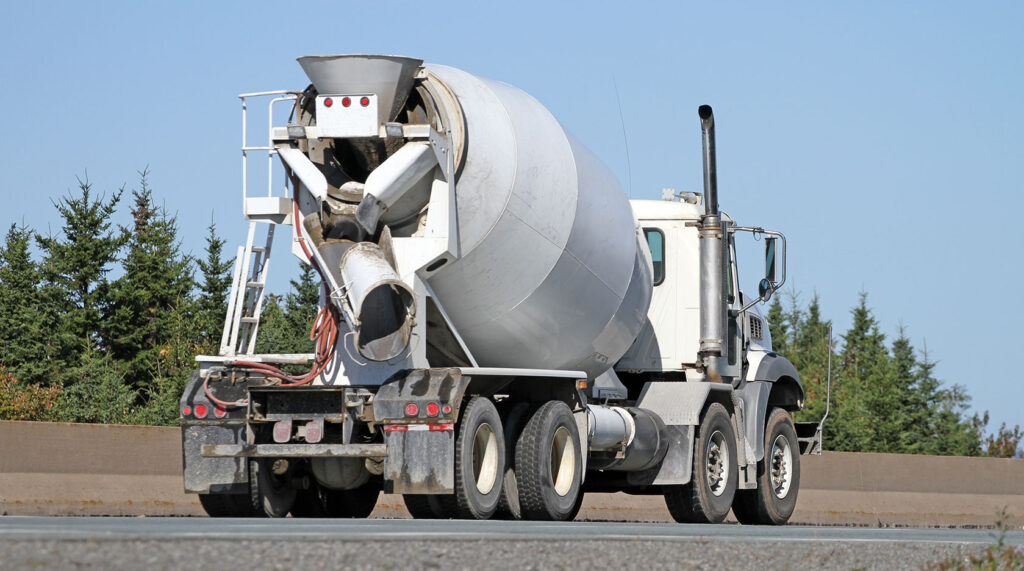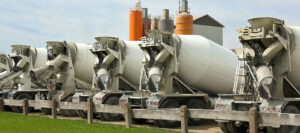
International Drum Month: A Chance to Show Some Appreciation
May is International Drum Month, a lesser-known holiday that — in our minds, at least — deserves more recognition than it receives. Why? Because, although it was developed in honor of the percussion instrument, it also presents an ideal opportunity to pay homage to the concrete mixing drum. (And at General Chipping, we think those drums are pretty great.)
The truth is, concrete and construction crews everywhere rely on their drums daily to mix and pour the concrete required to carry out their work. And the story behind those concrete mixing drums? It’s actually pretty fascinating. This International Drum Month, we’ve pulled together a few impressive facts about our favorite tool of the trade.

That’s when Stephen Stepanian put in for a patent to create a concrete mixer that was motorized. (Before then, folks relied on horse-drawn mixers to transport the material from one place to the next!) Although that original motorized mixer proved pretty difficult to use, it was a meaningful starting point. Once the 1940s arrived and innovators incorporated engines into the design, the concrete game was changed. In fact, today’s ready mix trucks and drums aren’t much different than they were back then.
(Want to learn more? The How Stuff Works website offers all sorts of great information.)
There’s More to a Mixing Drum’s Rotation than Meets the Eye
Nearly every person out there has witnessed a modern-day cement mixing drum en route to it job site. Not only is the truck maneuvering through traffic, but its drum continuously rotates to avoid settling and separation that could spell disaster for the finished product. Another important aspect of the mixing drum, however, is one few people ever see. A large blade inside the drum helps to keep the material moving — and the direction in which it spins makes a big difference. Rotation in one direction keeps the material agitated but safely inside. This setting, known as “charging,” is ideal during transportation or while making final preparations. Likewise, setting the drum — and its blades — in the opposite direction will discharge the material.
Innovative Minds Are Working to Create Lighter Concrete Drum Options
Put simply, concrete is heavy. And when you regularly subject your ready mix truck to so much added weight, it can (and will) lead to wear and tear. For that very reason, developers have been working to devise upgraded mixing drum options that lessen the truck’s overall load. While steel makes up most of today’s traditional mixing drums, certain trucks boast fiberglass versions. We estimate that, just as people continue to develop new forms of concrete to better serve society’s needs, innovation will continue forward in the world of drum technology, too.
In short, your mixing drums are pretty impressive, and they work hard for your crew. During International Drum Month — and all year long — those drums deserve a bit of recognition. (They deserve a little TLC, too. Don’t forget to book concrete chipping services every three months to keep them healthy and working their best!)

